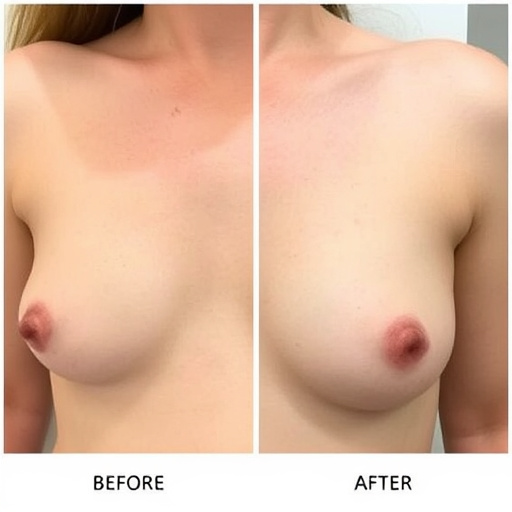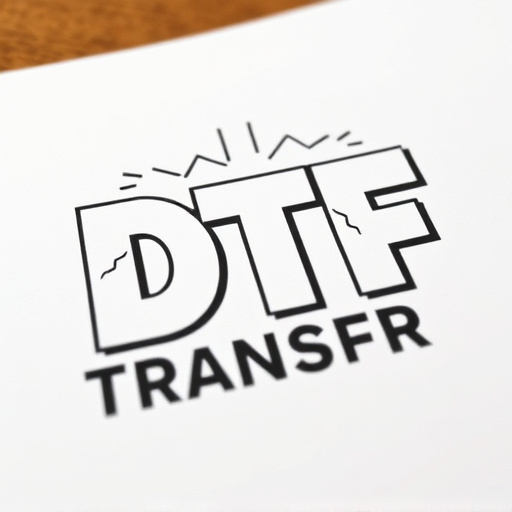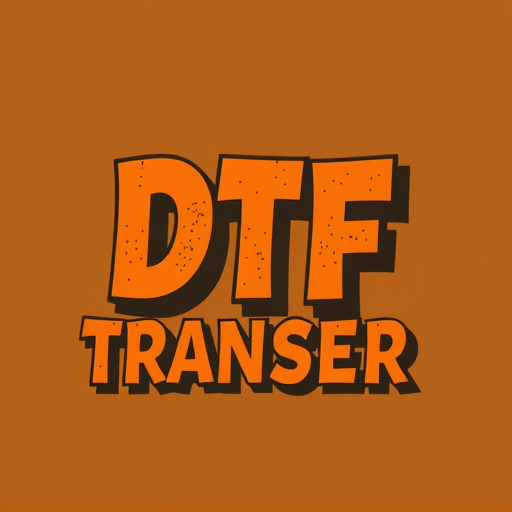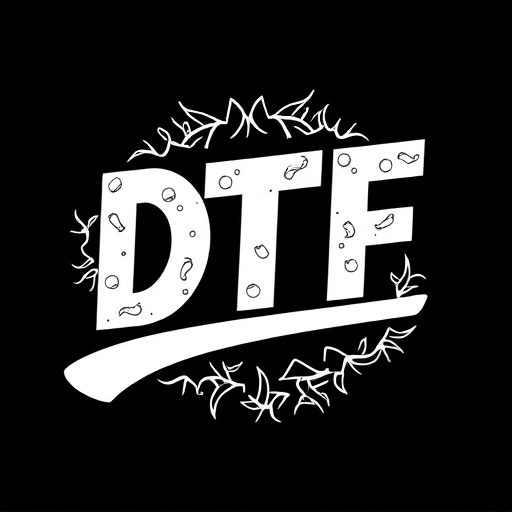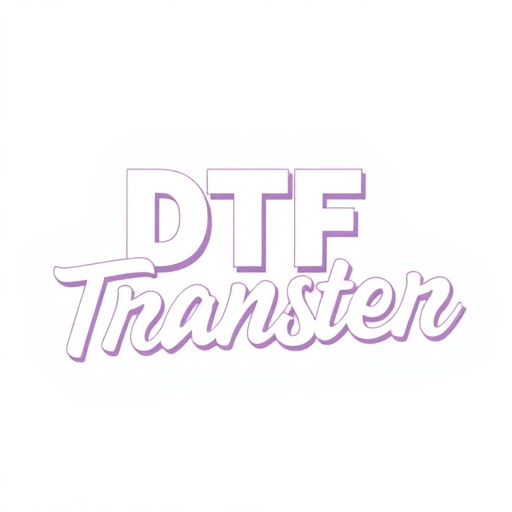Direct-to-film (DTF) transfer technology has revolutionized fabric design by enabling precise printing directly onto cotton. Its key advantages include fast production, minimal waste, vibrant and durable prints, and versatility for various designs and fabrics. DTF offers high-quality results, requiring careful consideration of film and ink compatibility, proper fabric preparation, and precise printer settings. The process involves crafting digital artwork, creating a film negative, and fusing the ink into cotton fibers under heat and pressure. Choosing the right materials and equipment simplifies the process and enhances the final aesthetic. DTF transfers are widely adopted for their speed, efficiency, intricate designs, vibrant colors, and detailed imagery, with future advancements promising enhanced print quality and increased speed.
Direct-to-film (DTF) transfers have revolutionized cotton fabric application, offering unparalleled design versatility and quality. This article delves into the intricacies of DTF transfer technology, highlighting its advantages for cotton fabric. We explore optimization techniques to ensure superior print quality, detailing the entire printing process from design to final product. Additionally, we discuss essential considerations for materials and equipment, while examining industry applications and emerging trends in DTF printing.
- Understanding Direct-to-Film (DTF) Transfer Technology
- Advantages of DTF for Cotton Fabric Application
- Optimizing DTF Prints for Optimal Fabric Quality
- The Printing Process: From Design to Final Product
- Choosing the Right Materials and Equipment
- Industry Applications and Future Trends in DTF Printing
Understanding Direct-to-Film (DTF) Transfer Technology

Direct-to-film (DTF) transfer technology has revolutionized the way we apply designs to cotton fabric. Unlike traditional printing methods that rely on ink and pressing, DTF utilizes a digital process where images are transferred directly onto the fabric using a special film. This innovative technique offers exceptional precision and clarity in prints, making it ideal for creating intricate and detailed patterns. By eliminating the need for screens or plates, DTF printing streamlines production, reduces waste, and enables faster turnaround times.
DTF transfer technology is particularly advantageous for cotton fabric applications due to its ability to bond directly with the material’s fibers. This secure adhesion ensures that prints maintain their vibrancy and durability even after repeated washings. Moreover, DTF allows for a wide range of design possibilities, from simple monograms to complex artwork, catering to both functional and aesthetic requirements in various industries, including apparel, home textiles, and promotional products.
Advantages of DTF for Cotton Fabric Application
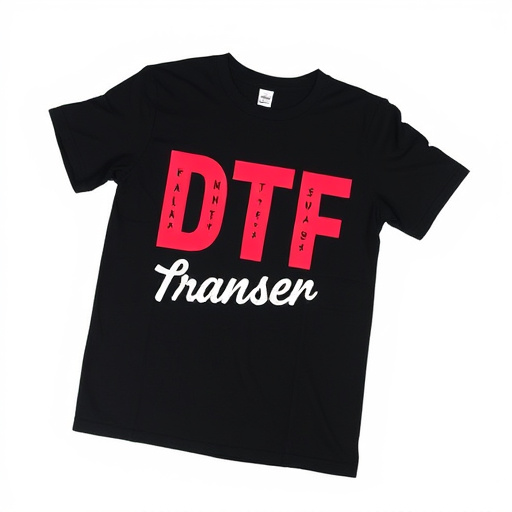
Direct-to-film (DTF) transfers offer several advantages for cotton fabric application, making it a popular choice in the textile industry. One of the key benefits is its ability to produce high-quality, vibrant prints with exceptional color accuracy and depth. DTF Printing technology allows for direct application of designs onto the fabric without the need for intermediate screens or plates, streamlining the production process and reducing setup time significantly.
Moreover, DTF Transfers are versatile, accommodating a wide range of fabrics and design complexities. This method is particularly effective for creating intricate patterns and detailed images on cotton, ensuring that every thread and texture is captured accurately. Additionally, DTF prints are durable, with the ink fused directly into the fabric fibers, making them resistant to fading, cracking, or peeling over time, thus providing a long-lasting and visually appealing finish.
Optimizing DTF Prints for Optimal Fabric Quality
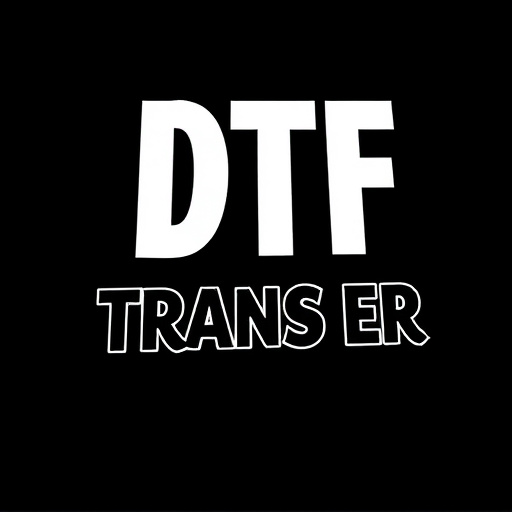
Direct-to-film (DTF) transfers have revolutionized the way we print on fabrics, offering a high-quality alternative to traditional methods. To ensure optimal fabric quality for DTF prints, several factors must be considered. The first step is to choose the right film and ink combination; compatible materials are key to achieving crisp, vibrant prints that withstand washing without fading or cracking.
Once the materials are selected, proper preparation of the fabric is essential. Pre-treating the cotton with suitable solutions can improve ink adhesion, while careful cleaning and conditioning ensure the surface is free from contaminants. During printing, optimal settings on the printer, including temperature and pressure, must be dialed in to match the specific DTF transfer film and ink used. This ensures the inks fuse correctly with the fabric fibers for long-lasting durability.
The Printing Process: From Design to Final Product
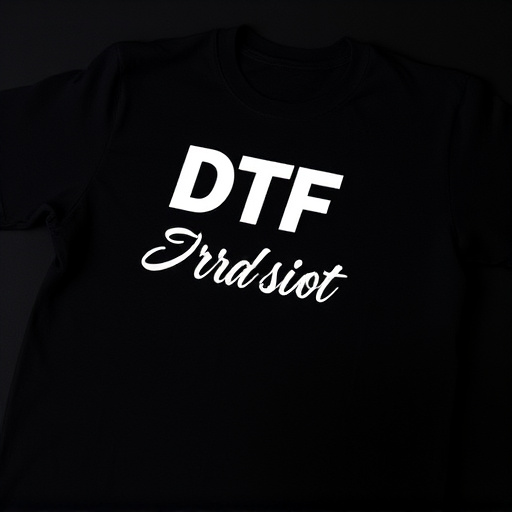
The journey from design to the final DTF (Direct-to-Film) transfer on cotton fabric involves a meticulous printing process. It begins with artists and designers creating digital artwork, meticulously crafting each element to ensure it translates perfectly onto the fabric. This art is then prepared for printing, considering factors like color profiles, resolution, and file formats to achieve optimal results.
Once ready, the DTF printing process kicks in. The design is transferred from the digital realm to a film negative, which acts as a master template. This film is then precisely positioned onto the cotton fabric, often with advanced machinery, to ensure accurate color reproduction and sharp detail. Heat and pressure are applied to fuse the ink into the fabric fibers, resulting in vibrant, long-lasting DTF prints that showcase the original design with remarkable clarity.
Choosing the Right Materials and Equipment
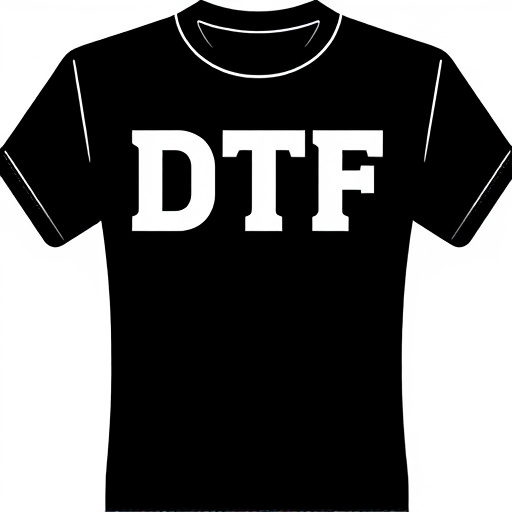
When setting out to create direct-to-film (DTF) transfers for cotton fabric application, selecting the right materials and equipment is paramount. The choice extends beyond simply picking a DTF transfer film; it involves finding materials that ensure optimal print quality and longevity of the final product. High-quality DTF printing requires a compatible ink system that offers vibrant colours and excellent adhesion to the fabric.
Equally important are tools designed for precision cutting and application, such as heat presses or specialized printers. Investing in equipment that supports precise temperature control and even pressure distribution across the fabric is crucial for achieving crisp, detailed DTF prints. Remember that the right materials and equipment will not only streamline your process but also significantly impact the final aesthetic of your cotton fabric applications.
Industry Applications and Future Trends in DTF Printing
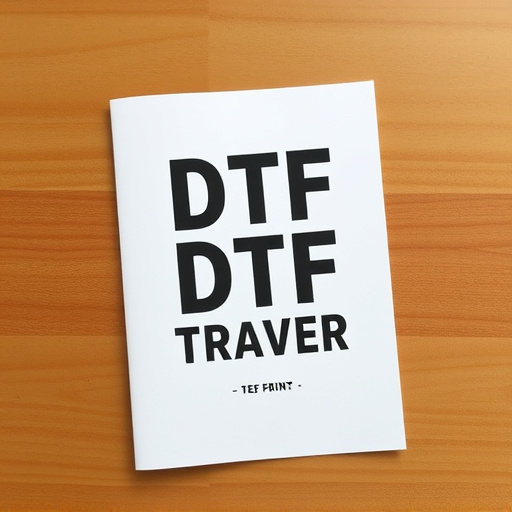
Direct-to-film (DTF) transfers have found their niche in various industries, revolutionizing the way custom prints are created and applied to fabrics, especially cotton. This technology offers a faster, more efficient method for producing high-quality, long-lasting prints, making it a favorite among fashion designers, small businesses, and even large-scale manufacturers. The versatility of DTF Printing allows for intricate designs, vibrant colors, and detailed imagery, ensuring that final products stand out in the market.
Looking ahead, the future of DTF Transfer appears promising with ongoing innovations focused on enhancing print quality, expanding color palettes, and increasing speed. As technology advances, we can expect to see more complex and visually stunning DTF prints. The trend towards personalized and unique fashion items is driving demand for this method, and improvements in equipment and materials will undoubtedly shape the industry’s growth, making it an exciting time for both print service providers and businesses seeking innovative ways to showcase their brands and designs.


